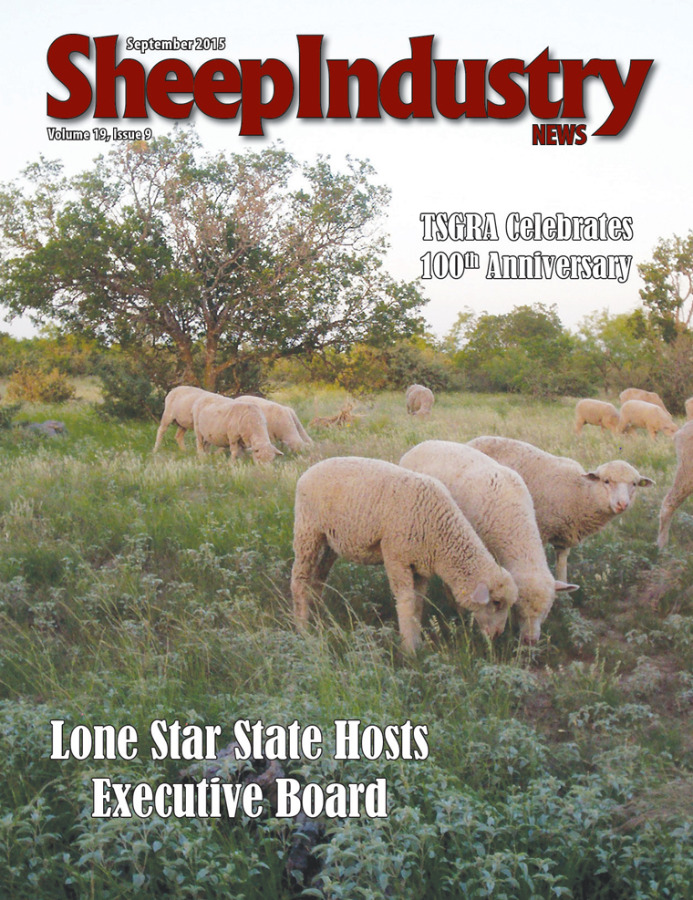
- September 2015
- President’s Notes
- Producers Testify in Wyoming
- Let’s Grow Announces Second Round of Funding
- Lone Star State Celebrates Two Anniversaries
- Helle Wins Preliminary Battle in Federal Grazing Lawsuit
- Lamb Jam Master To Be Decided in New York
- Fibrelux Shows Value in Early Tests in San Angelo
- Obituaries
- NSIIC Accepting Grant Proposals
- New Research Journal Article Posted
- Market Report
- Sheep News In Brief
- The Last Word
New Research Journal Article Posted
In their article Use of Annual Forage Crops as a Late-Season Forage for Pregnant Ewes, Insect Habitat and to Improve Soil Health, authors J.W. Stackhouse, C.S. Schauer and B.A. Geaumont strike out to demonstrate that incorporating annual forages into an integrated livestock-crop management system may help prolong the grazing season for most livestock-management systems in the Upper Great Plains.
The objectives of this study were to determine: 1. the differences in sheep performance ADG (average daily gain) among two mixtures of annual forages and mixed-grass pasture grazed during the dormant season, 2. if differences exist in insect biomass among annual forage mixtures and mixed grass and 3. to document changes in soil chemical and nutrient status under grazed annual-forage production and grazed mixed-grass pastures.
One hundred and eight pregnant Rambouillet ewes were stratified by weight and randomly allotted to one of nine paddocks with two treatments and a control for three consecutive years. Treatments include two spring annual forage plantings and an introduced mixed-grass and forb mixture that served as the control.
The research indicated that annual forages can provide feed with adequate nutritional value to pregnant ewes and may be an option to lengthen the grazing season and delay the onset of supplemental feeding. Insect biomass differed among treatments, which could have ecological impacts to the surrounding environment due to the important role that insects play in transferring energy within trophic levels.
Additional research is needed to further quantify changes occurring in soil nutrients as a result of long-term propagation and grazing of annual forages within an integrated, crop-livestock system in the Northern Great Plains.
To read the full article, go to Sheepusa.org/ResearchEducation_ResearchJournal.

